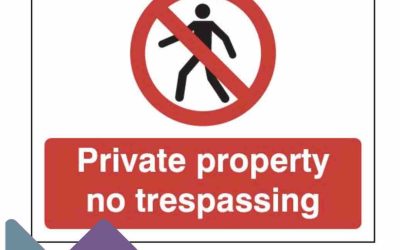In today’s property surveying blog post, we are going to be discussing party wall procedures and in particular, the practical aspects of cutting into a party wall.
Cutting into a party wall is governed by Section 2 of the Party Wall Etc Act 1996, and is commonly invoked through the action of a building owner wanting to undertake works directly to the party wall.
These works are likely to be for instances:
- Whereby a loft conversion is being undertaken, where pockets will need to be cut into the party wall to allow for placement and support of proposed steel beams.
- For the support of removed chimney breasts, whereby the remaining stack is usually supported by a gallows bracket or by a beam running parallel to the party wall.
- For the cutting into the party wall to allow for beams, often facilitating open plan living.
- Ultimately any other construction works that require works directly to the party wall.
The Party Wall Award will ultimately govern the way in which these works to the party wall are undertaken, and commonly, this will be a concise and thoroughly worded clause, setting out that the works themselves need to be done with non-percussive, or hand tools.
While this may be a slight delay in the manner in which the contractor undertakes the work, the reality is by using these non-percussive tools, or tools limited by hand, the consequential vibrations to the party wall itself will be significantly reduced, and all likely reduced to a level whereby the likelihood of damage is set at an absolute minimum.
Vibrations can have a significant effect on party walls, as effectively they can lead to splits, cracks to plastered areas, the other side of the party wall, can lead to hairline crazing to plasterwork which effectively means that plaster debonds and fractures, with noticeable cracks being visible on the other side of the party wall, and ultimately can lead to open chimneys having debris, soot and detritus loosening and falling into the adjoining owner’s property.
Hand tools, you would think, are a go-to for most contractors. However 9 times out of 10, they will want to avoid the use of them as ultimately it means that the job takes a little bit longer.
If you would like to discuss your party wall surveying works with us and would like to get an understanding of the types of procedures that the Party Wall Etc Act 1996, and a consequential Party Wall Award will set upon you, or your contractors, give us a call today, and we will be more than happy to assist and advise you.
Here at Stokemont, our team of surveyors are not only qualified, but are also highly experienced. This experience really helps us stand out in a competitive market and ensure that our client’s interests are best represented and protected.




